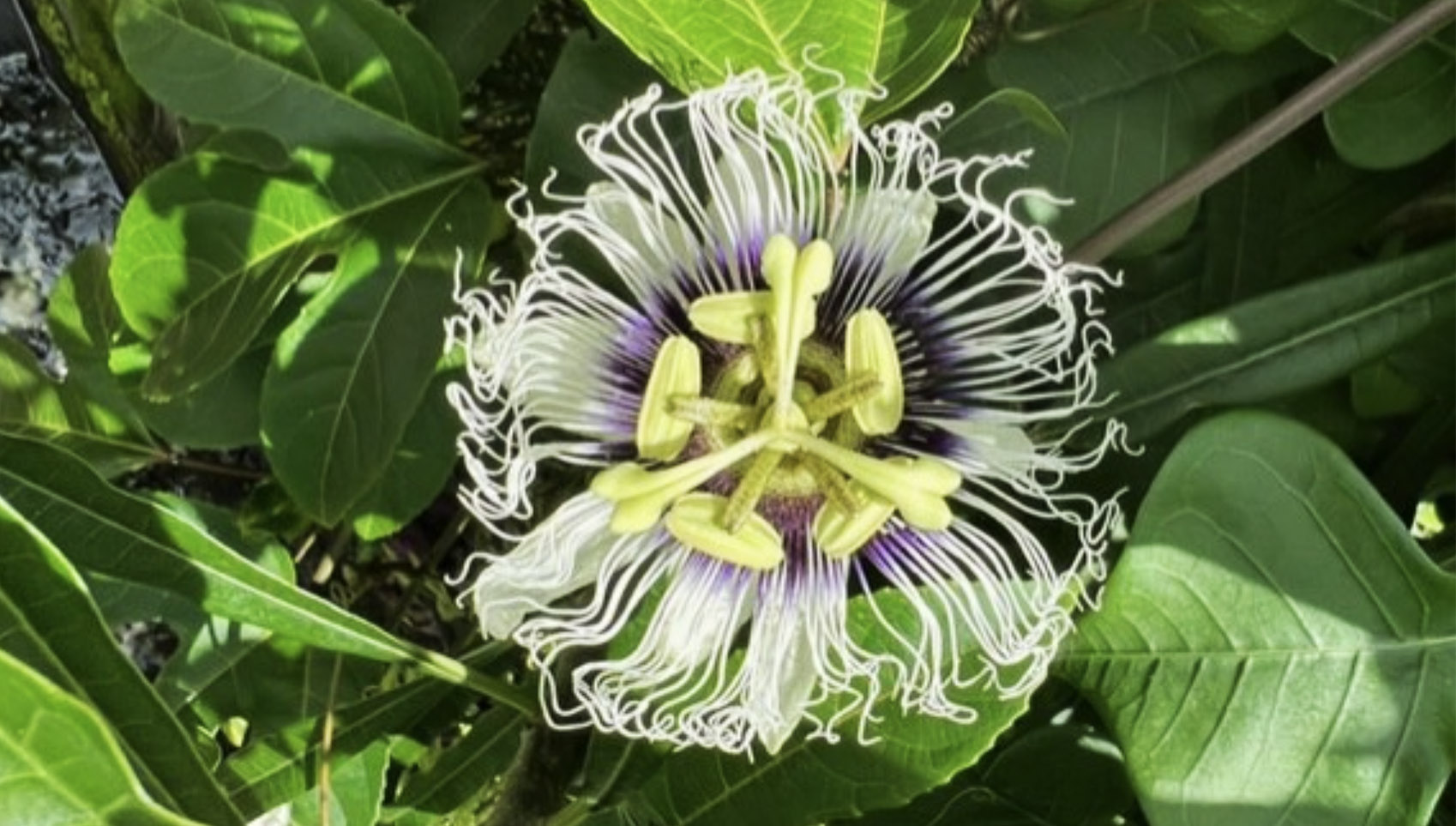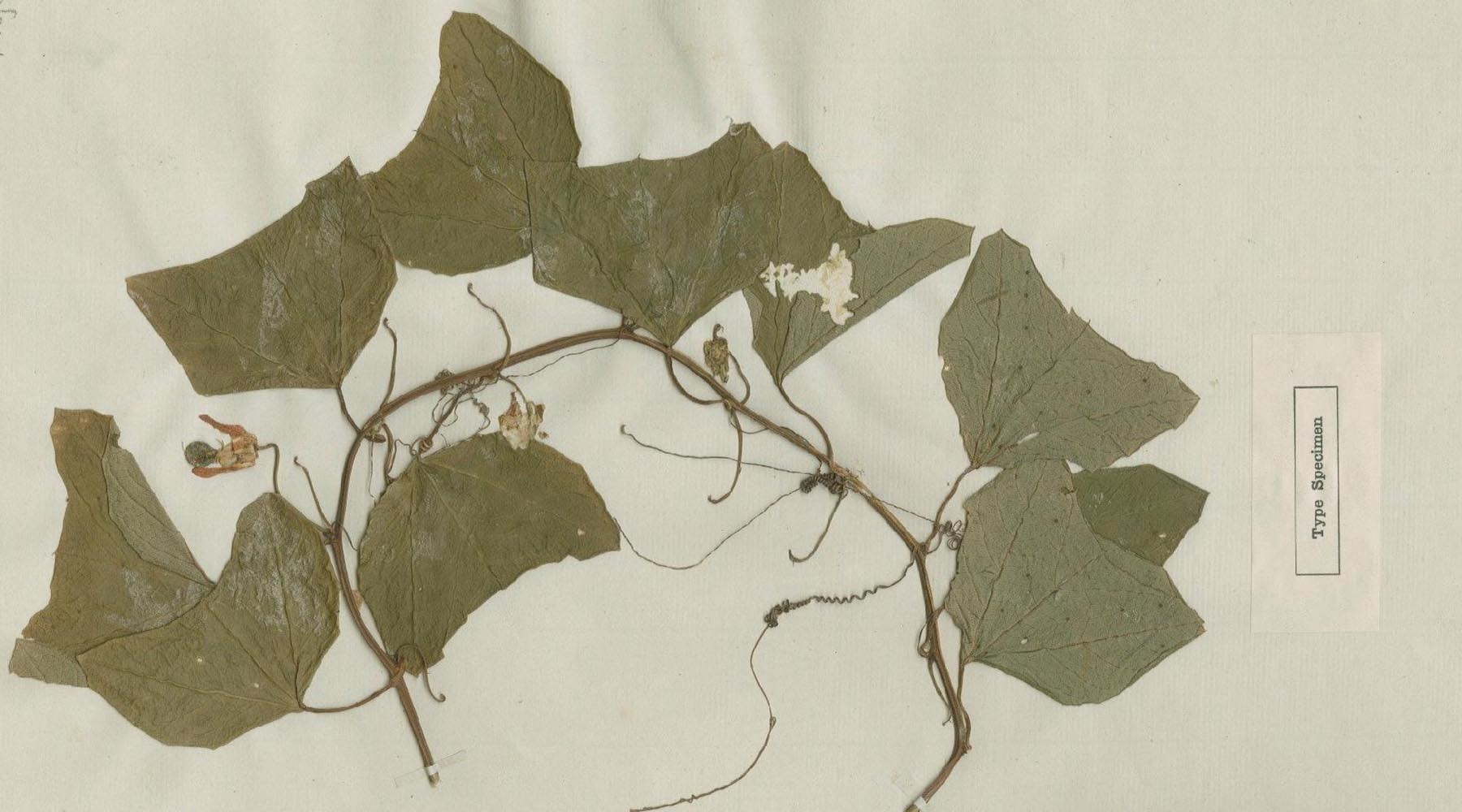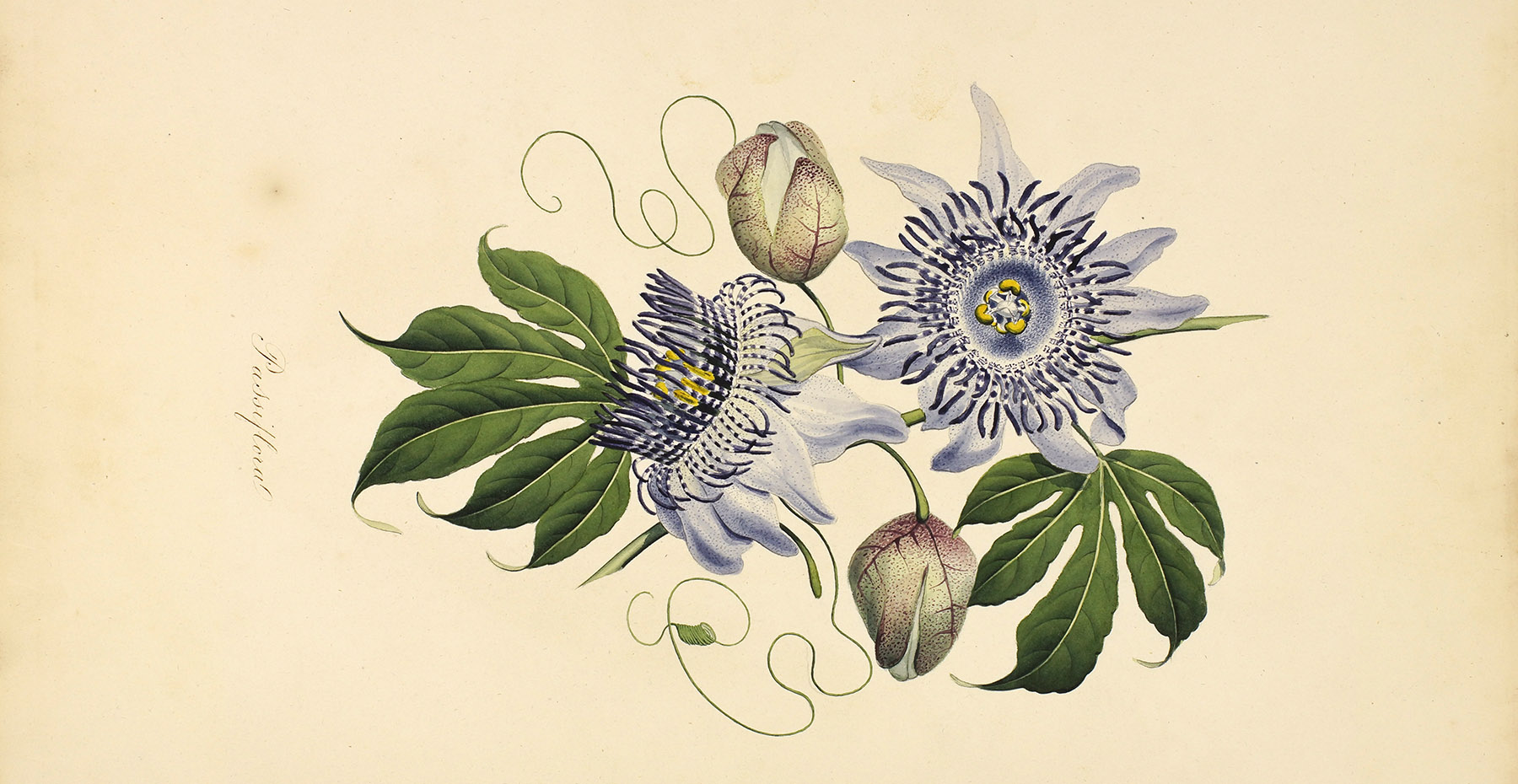A Caribbean Garden exhibition feedback page
Have you visited, either virtually or in person, the exhibition accompanying the research project Unearthing Indigenous Caribbean Contributions to Western Botanical Knowledge? Then we would love your feedback!
.jpg)
In early 2022, Dr Christina Welch, Reader in Religious Studies, was awarded funding for the research project Unearthing Indigenous Caribbean Contributions to Western Botanical Knowledge. To bring the project to the general public, an exhibition was hosted in a number of locations both across the UK and in the Caribbean. Visitors were encouraged to pick up a bookmark; both the exhibition and the bookmark were designed by Daniella Briscoe-Peaple.
The exhibition can now be enjoyed online and we hope enjoy learning a few things about the plants and people in this historic Botanic Garden! View the virtual exhibition.
We would love to hear from you
Your feedback is valuable as it will feed into the wider research project. To help us understand its impact, please give us your answers to the questions below.
- Has the exhibition changed your awareness of or understanding of colonial-era plant collecting?
- As a result of the exhibition, are you more likely to:
- Look into the history of plants?
- Visit a botanic garden?
- Explore the history of St Vincent and the Grenadines?
- Explore the St Vincent Botanical Garden online?
- Explore the St Vincent Botanical Garden in person?
SUBMIT YOUR FEEDBACK
Thank you for your input!
Follow the project on X: @UnearthingSVBG
A passion for passionflowers
Passiflora edulis (yellow passion fruit), is a plant species native to Brazil and north-east Argentina. The background image shows a drawing of a passionflower written over by the 18th-century Scottish botanist Dr Alexander Anderson, who founded the Botanical Garden in St Vincent, the Caribbean. The page appears in Anderson's major plant catalogue, Hortus St Vincentii.
Anderson records a number of Passiflora species growing in the St Vincent Botanical Garden, but none are recorded as Passiflora edulis, the species in the drawing on the front of the bookmark. Comparison of the drawing with this photograph of a wild passionflower taken by Dr Christina Welch during a research visit to St Vincent in September 2022, shows it is clearly the same plant species. More work is needed to trace when Anderson introduced the plant into the St Vincent Botanical Garden.

Because of its complex flower structure and enclosed nectaries, Passiflora edulis requires larger bees or even hummingbirds for pollination. In St Vincent, studies have shown that only local carpenter bees could feed on the nectar. However, local information from the Leeward Park Ranger suggests solitary bumblebees are the main pollinator for the plant in this part of the island.

The dried and pressed specimen of Passiflora andersonii held in the NHM.

"Passiflora", botanical illustration by African Caribbean John Tyley, ca 1800. Image courtesy of Hunt Institute for Botanical Documentation, Carnegie Mellon University, Pittsburgh, PA.
Find out more about the passionflower on the Kew Royal Botanical Gardens website.
Image top: overlay of Anderson's notes with drawing of a passionflower
